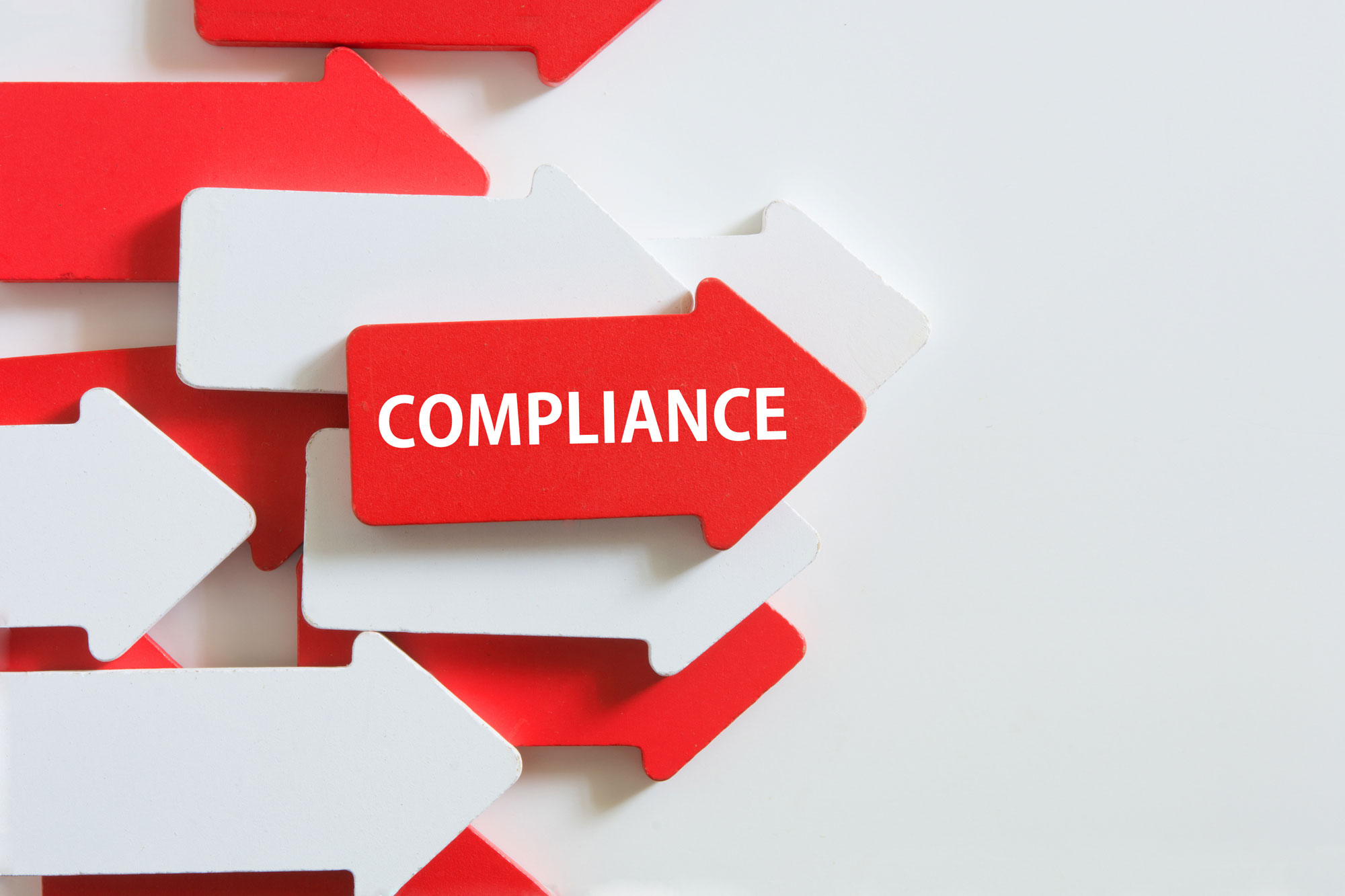From DFARS CUI to CMMC, we understand how challenging it can be to keep up with these regularly evolving compliance requirements. Here at Netizen, it is our goal to help guide our customers through the process with minimal cost or delay. Although DFARS CUI compliance and CMMC programs do overlap, the assessment (audit) process will be significantly different moving forward. To have a better understanding, let’s discuss the differences between the two.
The Main Differences
DFARS regulations address how to keep data protected but specifically Controlled Unclassified Information (CUI) in order to help government contractors better protect sensitive data flowing in and out of their organization. Compliance to DFARS requires the appropriate security controls to be put in place to protect CUI, and the processes must be established to make reporting cybersecurity events simple. In contrast to DFARS, CMMC brings together a number of different security controls to create a hierarchy of maturity levels. These five maturity levels represent the different levels of data security government contractors provide.
The differences in these two models is not only how they function, but how they are assessed. One major difference in DFARS and the CMMC model is the way compliance is assessed. DFARS helps to establish guidelines for self-assessment. This means government contractors are religiously monitoring their security controls and assessing them for effectiveness. If a breach is detected, it would have to be reported right away. Contractors in compliance with DFARS must continuously self-assess to keep data protected. On the other hand, CMMC requires assessments to be conducted by third party assessment organizations. Take Netizen for example, our certified personnel will help you determine whether or not you are appropriately aligned with a specific maturity level.
From DFARS to CMMC
The Cybersecurity Maturity Model Certification (CMMC) has many of the same goals as DFARS. It is targeted to both government contractors and subcontractors. CMMC gathers a number of different security controls to create a hierarchy of maturity levels. The DoD released the Cybersecurity Maturity Model Certification to displace DFARS (NIST 800-171) ensuring it had satisfactory security to handle CUI. The CMMC Accreditation Body (AB) then made it clear that aligning with the DFARS standard is of prime importance to the Cybersecurity Maturity Model Certification from small business or prime DoD contractors. CMMC is now officially a requirement for any company providing goods or services in the defense market. Delay in implementing the standards could mean the loss of contracts and contract opportunities for your business.
What Makes Our CMMC Solutions the Best?
The answer is simple, we specialize in this field. At Netizen, we have been working diligently ensure that our clients are in line with upcoming CMMC requirements. As a company, we landed a spot on the 2020 Inc. 5000 list of America’s fastest growing businesses for the second year in a row. Netizen placed 184th overall in 2020 and 47th in 2019, which places us as the fastest growing company in the entire Lehigh Valley region. Not only is our company growing in size but so is our knowledge in the industry. Our personnel and company maintain advanced certifications and are continuously trained through our Netizen Academy program to stay ahead of the industry. To help DoD contractors prepare, we are offering a FREE initial assessment to determine gaps in your CMMC readiness. Contact us to ensure you have what you need to succeed. Our cybersecurity experts will start you on the path to full compliance, today.


